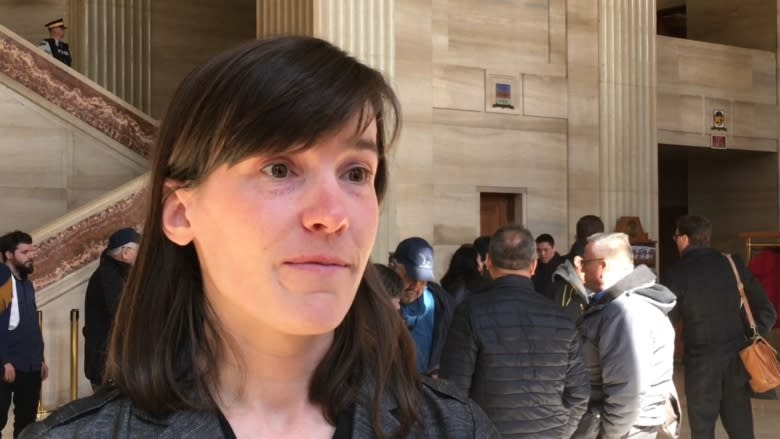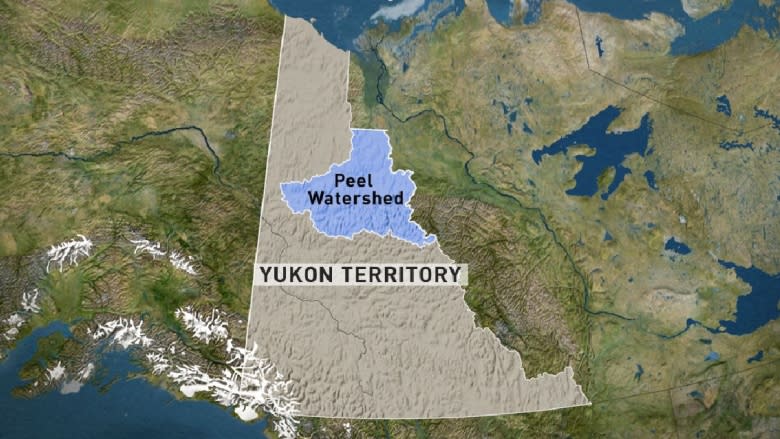'I'm feeling good': First Nations, environmentalists take fight for Peel watershed to Supreme Court
A Supreme Court of Canada hearing into a contentious land-use planning case in remote northern Yukon wrapped up this morning in Ottawa.
It was the culmination of a five-year legal battle that may ultimately determine the fate of the vast, pristine Peel watershed region, and establish some rules for how modern First Nations treaties are interpreted and implemented.
"I'm feeling good, I'm feeling very good," said Christina Macdonald of the Yukon Conservation Society, one of several environmental groups and First Nations who appealed the case against the Yukon government.
"I think the hearing went well — we ended with a bang. And of course, we now have to wait some months before the ruling is released, but I'm feeling very positive about it."
John Laskin, lawyer for the Yukon government, said the court asked both sides "some tough questions to get to the bottom of really, what the positions are.
"You can't ever predict from the questions where it'll end up... We'll just have to wait and see."
'Government breached the process'
Earlier court decisions in Yukon found the territorial government had violated its treaty obligations when it chose to ignore the Peel watershed planning commission's recommended plan for the region — which was based on years of consultation and review, as stipulated in land claim treaties — and instead introduced its own preferred plan, in 2012.
The government's plan would have seen less protection for the region, with 70 per cent of the 68,000 square kilometre region open to potential development, compared to the 20 per cent recommended by the commission.
One of the questions before the Supreme Court was whether the entire planning process should now be dialled back, and if so, how far.
"Government breached the process, there's no question about that. And government is asking to be able to go back and do things all over again. And so that came out very strongly. The judges questioned, 'how is this what's right?'" Macdonald said.
"The judges peppered both sides with questions and I found that actually really wonderful because it allowed the human element to come out. It took it out of this sort of very sterile courtroom, and made everyone realize what's at stake here — people and land."
Crowds of spectators
Dozens of people from Yukon and the N.W.T. travelled to Ottawa this week to attend the hearing. The courtroom gallery was full on Wednesday, with more spectators filling chairs in the main lobby and watching the proceedings on TV.
Before the hearing, a crowd of people gathered outside the court house for a water ceremony hosted by an Ottawa-area First Nation. Most were representatives of Yukon First Nations, including Council of Yukon First Nations Grand Chief Peter Johnston.
Yukon Premier Sandy Silver, and Assembly of First Nations Grand Chief Perry Bellegarde were also there.
Lawyer Thomas Berger, who represented the First Nations and environmental groups before the court, was happy to see so many people on hand — especially those who had travelled from the North.
"I'm glad they were able to be here to see their case being argued. It's their case, and I think it's right that they should be right in at the last stage," Berger said.
Crowds had also gathered Wednesday morning at the Kwanlin Dün Cultural Centre in Whitehorse, and the Dänojá Zho Cultural Centre in Dawson City, to watch a broadcast of the court proceedings.




